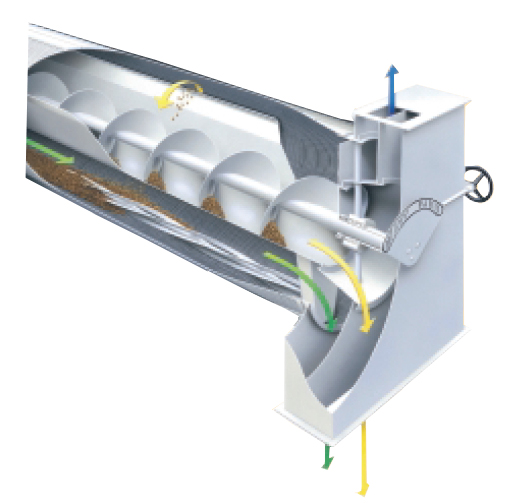Alias: nest fern, mountain Su flower Family is: Frondaceae, Vibrio Plant species: Perennial herbaceous ferns. Morphological characteristics: Large-sized attached fern, plant height 100 ~ 150cm. Rhizomes are short and erect, with dense scales on top. Single leaves, radiate clustered at the root tip, hollow as a bird's nest, named bird nest fern. Leaves broadly lanceolate, as long as 90 ~ lOOcm, width lO ~ 20cm, bright green. The sporangia are long and are born on the side of the lateral veins, and the capsule covers the membranous mass. The fern leaves of the bird's nest are spawned around the root-like short stems to form a rosette. The middle of the rosette is a column. The black fiber is wrapped around the column. The plant is strange and shaped like a bird's nest. The leaves are dense and green all year round. It is a beautiful large view. Leaf plants. Distribution area: Distributed in Asia, Africa and Australia, growing in warm, humid tropical rain forests. Hi warm and humid environment, often attached to large trees or rocks, under high temperature and humidity conditions, can grow all year round. Not cold, growth temperature is 20 ~ 22 °C, winter temperature is not less than 5 °C. Reproduction method: It can be multiplied with spores, but it can also be propagated in different plants. Cultivation Management: Bird nest fern hi high humidity and low light environment, can be placed in indoor culture all year round, avoid exposure to the sun. Mostly used hanging cultivation, can also be potted. Culture soil can be mixed with rot leaf soil, garden soil and river sand, plus a small amount of cake fertilizer, fern root or bark shavings. During the growing season, a thin nitrogen-potassium fertilizer is applied every 2 to 3 weeks and watered in a timely manner. In addition to a lot of watering in summer, they should spray more water every day to keep the leaves clean and often spray to keep the air humidity. If the plants are dry or air-dry, they often cause the leaves to curl. In winter, keep the room temperature above 10°C, stop the fertilization, and use less water to keep the basin soil wet. Nematodes can damage the leaves and appear brown reticular spots. Sometimes crickets also attack the leaves and should be scraped in time. Garden use: The bird nest fern is an important epiphytic ornamental fern. It is suitable for hanging flower viewing in a hanging basket, and can best show its characteristics. Potted plants can also be used to decorate the hall and decorate the venue. In the tropics it can also be planted under the forest or on rocks, adding wild interest. The common cultivars include cv.Avis, a short broad leaf, bright green or grayish green, cv. Plicatum, and wavy leaves. The same species is: Narrow-base nest fern Antrophyoides, narrow leaves, oblanceolate, nearly fleshy, smooth on both sides, apical acute, slightly recurved after drying. Born on limestone cliffs and branches of ravine rainforest.
Indented cylinder separator is used for
length grading of all granular materials, such as wheat, oat, maize, rice, fine
seeds, lentils, sticks from sunflower or sugar beet, plastic particles, etc.,
as well as for the extraction of unwanted short or long admixtures.
Through the inlet housing, the granular
material to be graded flows into the interior of the rotating cylinder, whose
cover is equipped with special deep-drawn teardrop or spherical-shaped pockets
for the most precise length separation. The rotating speed, rotating direction
and the size of the dimple will be decided by size and impurities in different
processing materials.
ADVANTAGES
Wide application
Changeable cylinders meet different
materials
Easy operation and maintenance
Connection combination available
Indented Cylinder Indented Cylinder,Rice Paddy Grader,Seed Length Grader,Rice Grading Machine SHIJIAZHUANG SYNMEC INTERNATIONAL TRADING LIMITED , https://www.seedgraincleaner.com
Scientific name: Neotopterisnapina


